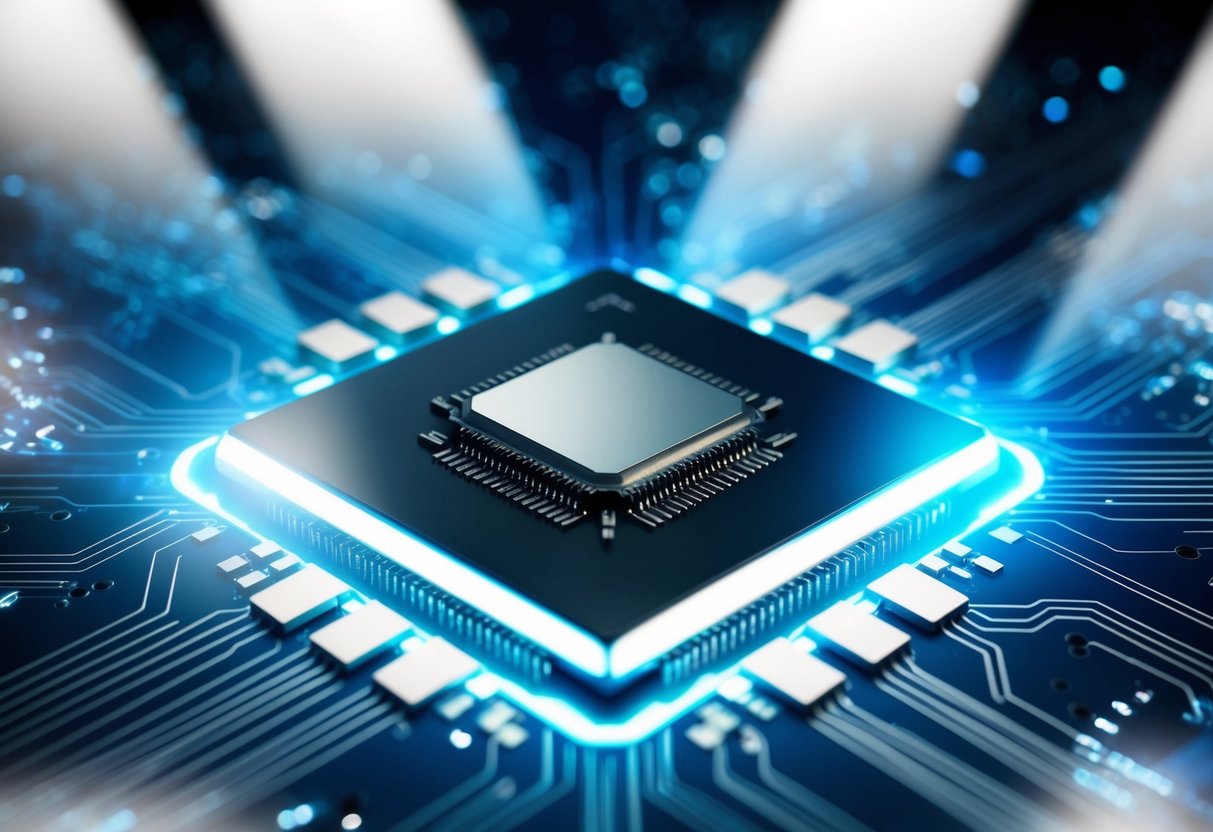
ARM’s Impact on the Semiconductor Industry
ARM architecture has significantly altered the landscape of the semiconductor industry, affecting manufacturing partnerships and posing substantial competition to established players like Intel. This shift highlights the collaboration between ARM and TSMC, as well as the increasing rivalry with traditional x86 architecture.
Relationship with TSMC
ARM’s collaboration with TSMC is a cornerstone of its influence in the semiconductor industry. TSMC provides the advanced manufacturing capabilities necessary for producing ARM chips. This partnership enables ARM to achieve high efficiency and performance, making its chips a viable option for a wide range of devices.
This synergy allows ARM to scale production quickly and meet the growing demand for its chips. TSMC’s investment in cutting-edge processes supports ARM’s innovation, ensuring that their designs remain competitive. The relationship is mutually beneficial, as TSMC gains from having ARM as a prominent client, driving technological progress in manufacturing processes.
Competition with Intel and x86 Architecture
ARM’s rise presents a direct challenge to Intel and the x86 architecture. ARM’s energy-efficient designs offer an advantageous alternative, especially in mobile and embedded systems. Over the years, ARM has expanded its market reach into areas traditionally dominated by x86, such as laptops and data centers.
This competition has prompted Intel to adapt, investing in energy-efficient technology to keep pace with ARM’s innovations. Meanwhile, ARM continues to collaborate with manufacturers worldwide, broadening its influence. This ongoing rivalry underscores a transformative shift in computing, where ARM’s advantages in specific applications are becoming increasingly apparent.
The Role of ARM in AI and Machine Learning
ARM architecture is increasingly pivotal in the development and deployment of AI and ML technologies. The efficiency and flexibility of ARM chips enhance AI and ML performance across various applications.
Dedicated AI Chips
ARM architecture contributes significantly to the design of dedicated AI chips. These chips are specialized to handle complex AI computations efficiently. Many top tech companies are leveraging ARM-based chips to boost processing power while maintaining energy efficiency.
Such chips are integral in smartphones, enhancing capabilities like image recognition and voice commands. Additionally, they are gaining traction in edge computing, where autonomous devices require efficient processing without cloud dependency. Their low power consumption and high performance make them ideal for AI applications in various devices.
Machine Learning Algorithms
ARM’s role in machine learning extends to optimizing ML algorithms for ARM-based platforms. Developers are adapting complex ML models to run efficiently on ARM chips, ensuring high performance without draining battery life. ARM’s architecture allows for the creation of more compact and efficient ML models suitable for mobile and embedded applications.
This adaptation is crucial for real-time applications, where swift data processing is essential. ARM’s architecture delivers the necessary computational efficiency to execute machine learning algorithms directly on devices. This capability reduces latency and bandwidth usage, crucial in fields like autonomous vehicles and IoT devices.
Energy Efficiency and Performance

The ARM architecture is renowned for its superior energy efficiency compared to traditional CPUs. This efficiency plays a crucial role in extending battery life, particularly in mobile devices, making ARM a popular choice for smartphones and tablets.
Comparison with Traditional CPUs
ARM processors are often favored for their energy efficiency, which is a significant advantage over traditional x86 CPUs. ARM chips typically consume less power due to their RISC (Reduced Instruction Set Computing) architecture. This allows for fewer transistors and thus lower power usage.
Traditional CPUs, usually based on CISC (Complex Instruction Set Computing), tend to consume more energy as they handle a broader range of instructions. This energy usage is crucial in scenarios where power resources are limited.
Companies are adopting ARM processors to optimize energy usage, particularly in environments where power efficiency is critical. ARM’s low-power consumption without sacrificing performance makes it an attractive option for a range of applications beyond mobile devices, influencing its widespread adoption.